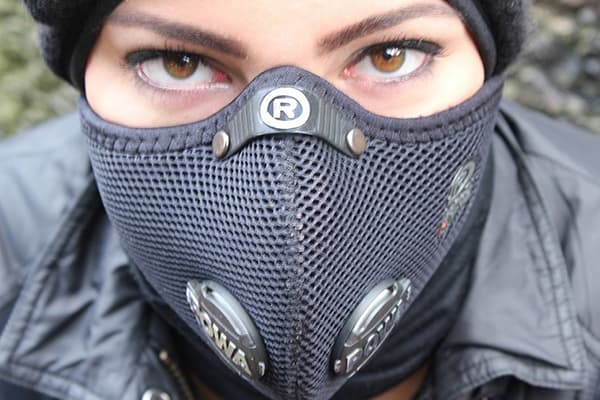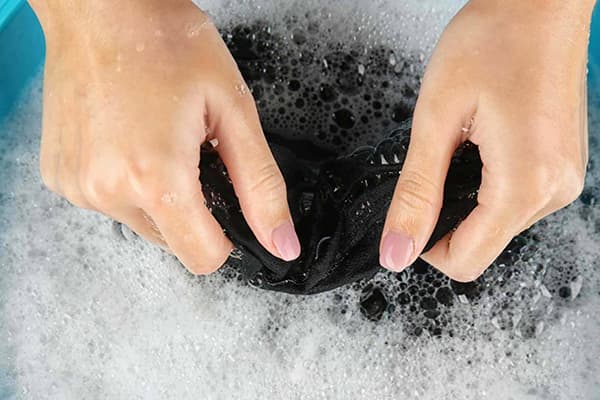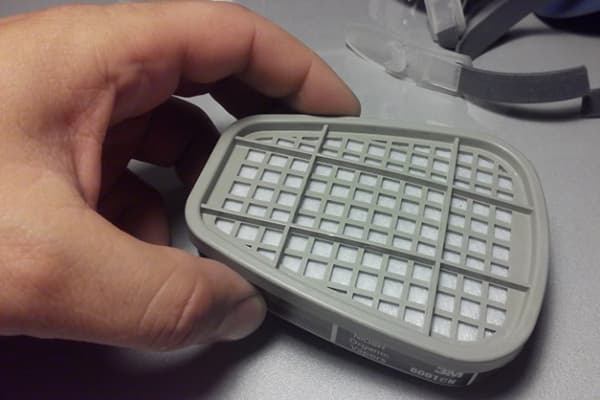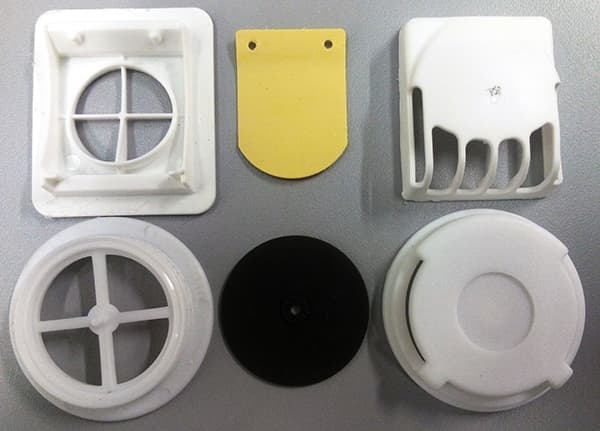Is it possible to wash a respirator or does it lose its properties?
You can clean and wash the respirator if you first remove the filter and remove the valves. Proper care extends the life of the product. If cracks or other signs of wear are discovered during washing, the respirator must be immediately removed from service, sent for repair or disposed of.
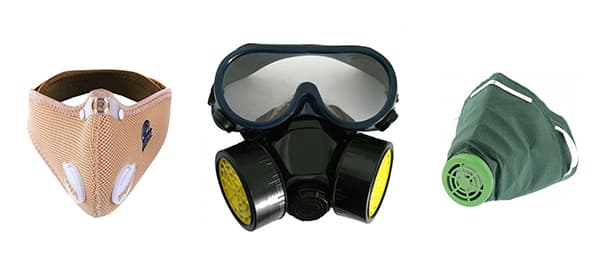
What types of respirators are there?
To protect the lungs from gas, toxic vapors, dust, sand, and aerosols, respirators are produced that filter polluted air.
Models presented in stores are classified by area of use:
- household;
- industrial;
- construction;
- medical;
- military.
Personal protective equipment does not impede breathing and reliably protects the respiratory system from harmful vapors and dust.
The respirator is made of neoprene, cotton or polyester. It has the shape of a half mask, inside of which there is a filter structure and breathing valves. The air passing through the filter is cleared of harmful impurities, and a person can breathe without fear of poisoning. Military models provide oxygen supply from an individual cylinder.
Terms of use
To ensure the safety of your products, check them regularly for cracks. If damage is noticed, contact the manufacturer for replacement parts.
Clean the respirator after each use:
- Remove the filter, valves and other removable parts.
- Wash all parts thoroughly separately from each other.
- Dry and collect.
Check plastic and elastic parts for flexibility and make sure there are no scratches or signs of wear. Make sure that there are no soap residues or other foreign particles in the valves, as their presence will compromise the seal.
Store the respirator in a special bag that protects it from moisture and direct sunlight. Excessive cold and exposure to hazardous chemicals may cause the device to malfunction, so avoid such exposure.
The service life of a respirator depends on the intensity of use and environmental conditions. The exact details can be found in the instructions.
How to wash?
For cleansing, use water at a temperature of 30–40°C. Stronger heating is not allowed, as it leads to deformation of the fabric. Be sure to remove the filter, valves from the respirator, remove connecting tubes, hoses, and cartridges.
Next, proceed according to this scheme:
- Fill a basin with 3 liters of water and pour in a capful of liquid detergent. Instead, you can use laundry soap: grate the bar, measure 1 tbsp. l. shavings, dilute in a small amount of liquid and add to the basin.
- Wet the respirator and leave it in the solution for 20 minutes.
- Gently press with your palms to remove dirt. Do not rub too hard to prevent the product from losing its shape.
- Rinse 3 times, thoroughly removing any remaining soap. Don't twist it.
- Hang the mask in a draft, avoiding direct sunlight. Do not dry near a fire or on a radiator.
- When the product is completely dry, put it in a bag or special case.
To avoid dirt accumulation, rinse the respirator under running water after each use.Wash with liquid powder or soap as needed, but at least once a week.
It is not recommended to wash the respirator in a washing machine. Automatic washing causes serious flaws, breaks the seal and leads to damage to the product.
Cleaning the filter
Dust and other harmful particles accumulate in the filter, so be sure to change it once a month, and even more often if you regularly use the respirator.
When washing a mask, the filter also needs to be cleaned:
- Carefully remove the filter from the cloth and shake it out.
- Pour 3 liters of water heated to 35 degrees into a basin.
- Dilute 1 tbsp in liquid. l. detergent without fragrance additives and lather.
- Wet the filter, wait 10 minutes and wash without strong rubbing.
- Rinse, getting rid of foam, and dry the item in the shade in the fresh air. Do not place the filter on the battery or other hot objects to avoid damage. Do not dry with a hair dryer.
Insert the dry filter into the respirator and store it.
If you do not plan to use the mask for a long time, it is recommended to boil water in a bowl and place the filter there for 2 minutes. The procedure disinfects the product and removes tiny particles of dirt.
Cleaning valves
Remove the valves from the mask, blow with air and wash with warm soapy water. Afterwards, wash thoroughly with clean water and make sure that there is no foam left inside. Dry the valves completely, sprinkle with talcum powder and insert into place.
A respirator is a personal protective equipment necessary for working in difficult conditions. To avoid damaging it when cleaning, strictly follow the instructions and follow all the manufacturer’s recommendations.
